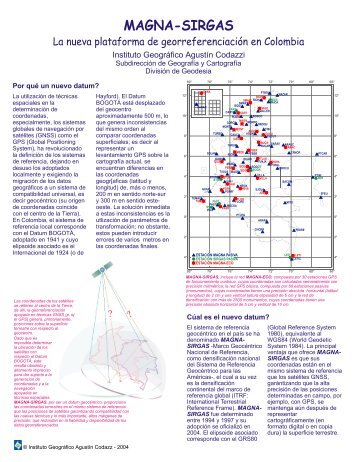

Therefore, it concludes that micro UAVs are a useful solution for describing urban landscapes.

showed that is possible to obtain detailed DEMs in urban environments from image based UAV platforms with quality comparable to LIDAR data (in terms of the difference between DEMs), and found that a realistic representation (resolution < 1 m), plays a fundamental role in the surface flow modeling. Studies show that image based UAV-derived DEMs are comparable to LiDAR for fluvial flood assessment applications, such as flood extent and volume estimations. However, the (relative) flexibility in image acquisition and the increasing offer of robust SfM-MVS processing software, have made UAV photogrammetry a valid low-cost alternative to piloted airborne LiDAR technology. Although one of its main technical drawbacks is the time required for image processing. This, together with the SfM-MVS processing in a single workflow, allows the DSM and DEM generation. The development of photogrammetry techniques based on Structure from Motion Multi-View Stereo (SfM-MVS) of images acquired by low-cost cameras in unmanned aerial vehicle systems (micro UAV, ≤ 2 kg) has seen a strong development in the last decade. LiDAR technology have as main advantages of its laser energy penetration to the ground, for instance, through canopies however, the cost and complexity of the data acquisition involved implies that such airborne data is not always easy to update, or sometimes is only partially available.


The bare ground representation in the form of DEM from these sources is the basis of urban and peri-urban local flood studies. Highly detailed terrain modelling is usually produced from data obtained by active sensors such as airborne light detection and ranging (LiDAR). There is also the digital surface model (DSM) that include natural and man-made objects. , which refers to DEM as the Z-dimension of the terrain digitally. In a further explanation, the DEM concept has been considered in the same way proposed by Polat et al. Geospatial products, such as digital elevation models (DEMs) are useful topographic representations of space and have some specifics for flood studies. Thus, effective spatial tools are required by governments and societies to take action against increasing exposure to natural hazards. Projected increases of heavy rainfall, based on climate models, are expected to aggravate local floods.


 0 kommentar(er)
0 kommentar(er)
